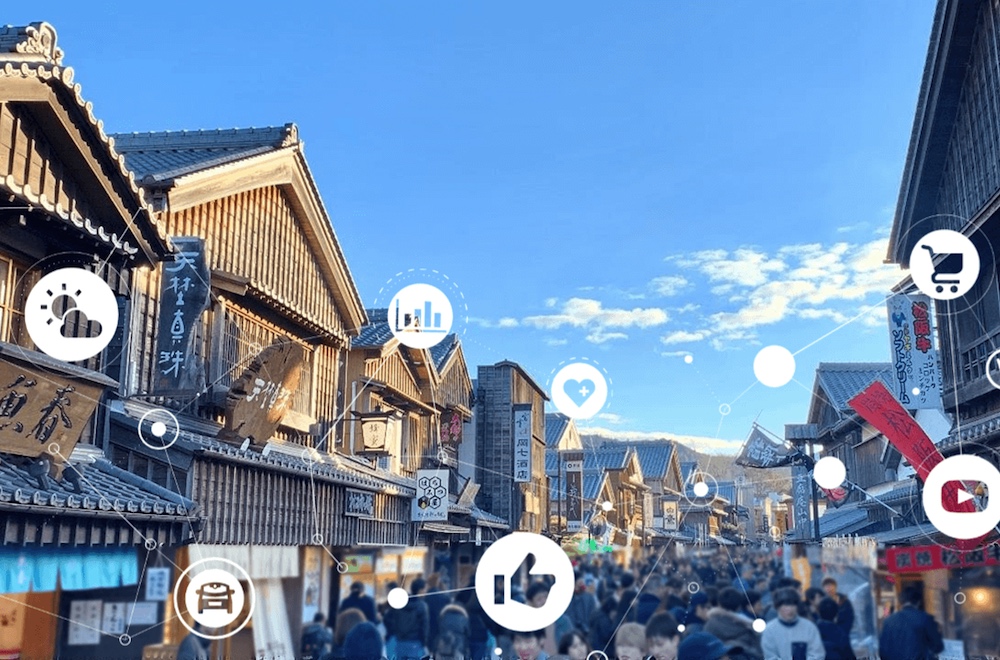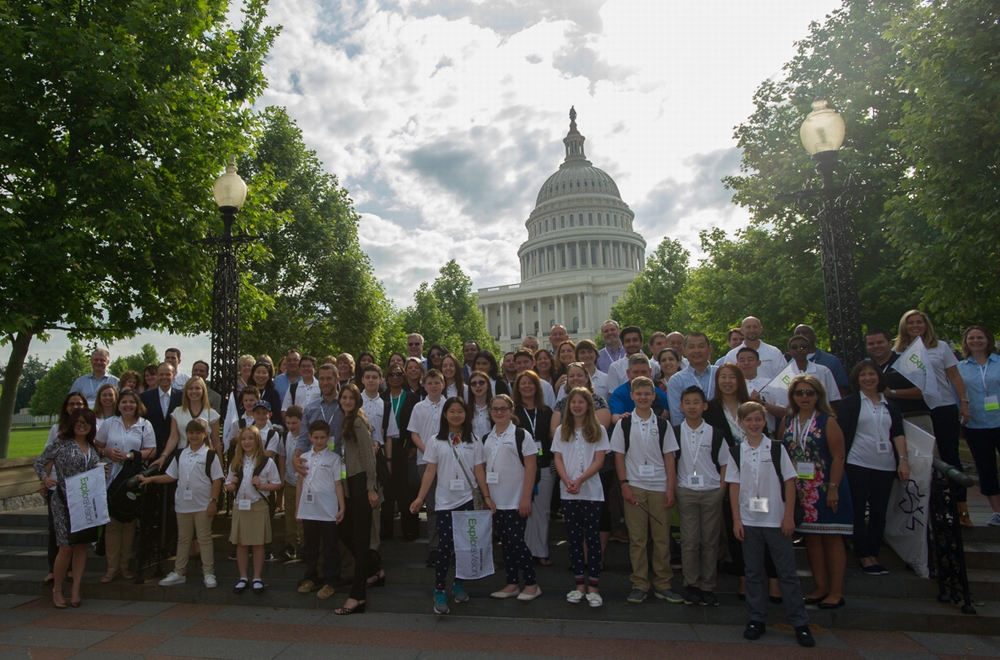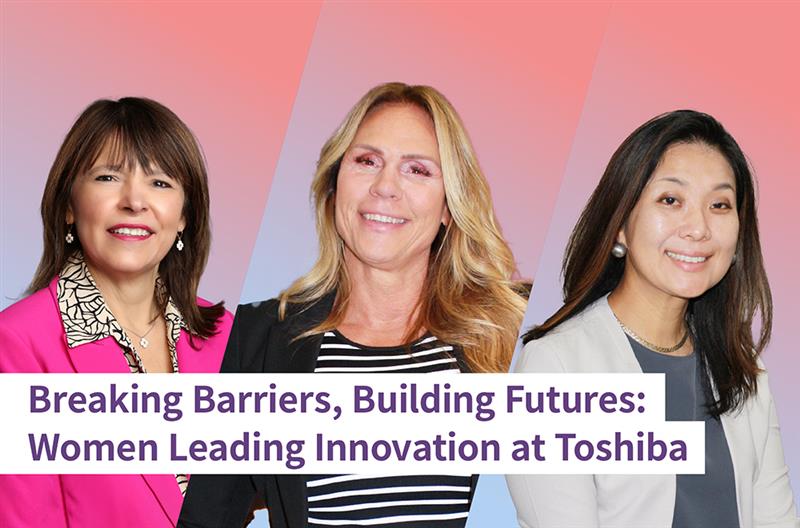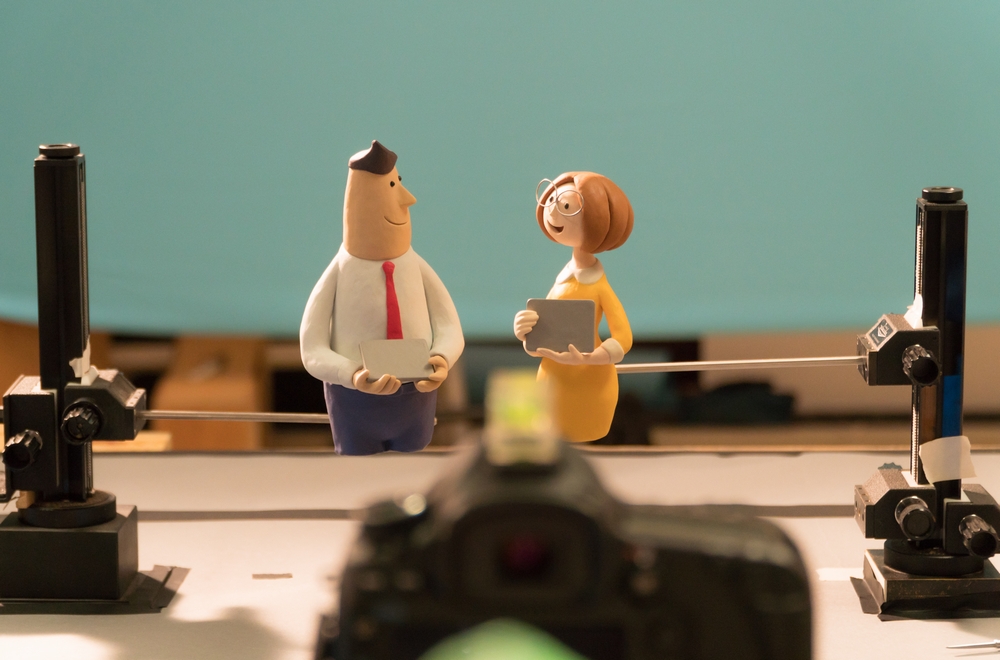
What better way to strengthen a brand or sell a new product than a TV commercial? Even now in the age of the Internet, TV commercials are considered a surefire way to get your message to a wide range of demographics. For this reason, what you might consider just a thirty-second ad has had hundreds, if not thousands of hours of work poured into it. Will we use celebrities? What kind of font here? Is this song catchy enough?
Commercials aimed at foreign audiences can prove even more difficult, as the entirety of the commercial—story, the colors in the video, even the music in the background—must often be tailored to the countries in question. It gets even more difficult when you consider the fact that most companies would prefer to remain consistent in their branding. How do companies create commercials that are universally accessible in a world with so many people of different ethnicities, cultures, and lifestyles? This is a question that has stumped marketing moguls for decades.
The Imaginative, Boundless Spirit of Clay Animation
“Toshiba is currently focused on social infrastructure projects in countries such as Japan, China, and the ASEAN countries—establishing energy business and water processing facilities in India, for instance. But still, when most people think of Toshiba, they think electronics”, explains Adachi Yoshinori from Toshiba Advertising Department.
“So to change this image that people have of us, we decided to make a new commercial, one that would promote the Toshiba brand in a consistent way across regions and countries, and that would be accessible and well-liked in all of these countries. Adverting representatives from our local subsidiaries participated at an early stage, discussed with us how we could maintain internationally consistent branding for Toshiba, and created the commercial as a team.”
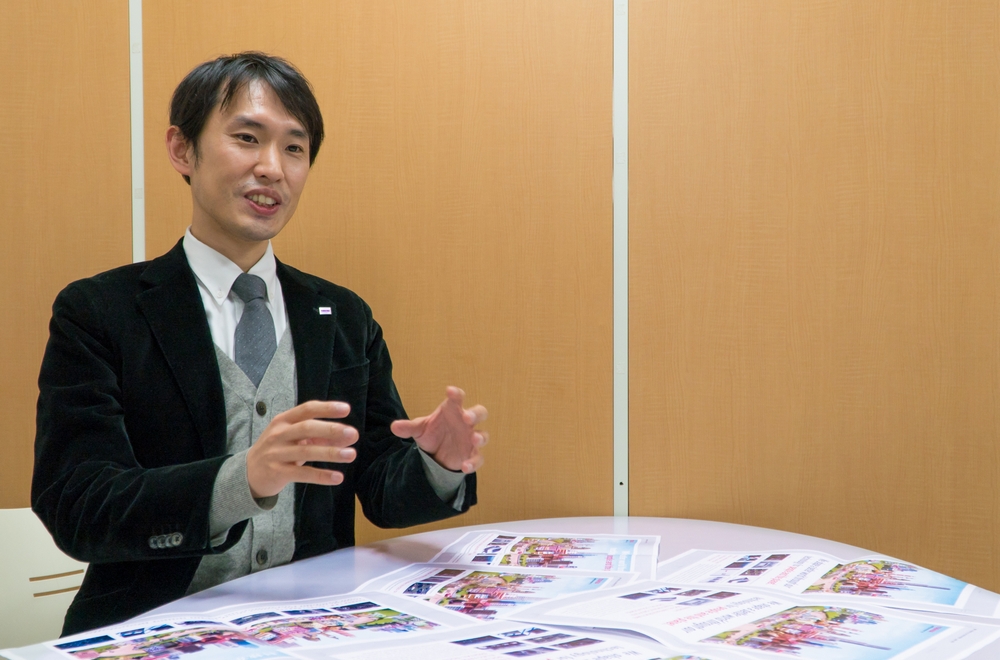
Yoshinori Adachi, Advertising Department, Toshiba Corporation
It was a hot summer day in Tokyo, in August 2017, when advertising representatives gathered from China, Singapore, and India to discuss the new commercial. What kind of commercials did the people of their respective countries prefer? In India—Bollywood-style, with bold colors and lively music. In China—a promotion of cutting-edge technologies, perhaps? After a long and heated discussion, however, they came upon the base concept of the commercial, “SHAPE”. Toshiba would shape society with its technologies, products, and services. For the story, they decided to depict the bright and joyful future that Toshiba would help create, and the format—clay animation, so that it would be accessible in each country.
Clay animation is a unique form of stop-motion animation that uses figures made of clay (clay art), and was developed as a form of animation in the 1950s. “We thought, this is it—this is how we create a commercial that transcends the boundaries of ethnicity, culture, and lifestyle, and conveys what we want to convey about Toshiba. But of course, social infrastructure is not something that most people can easily envision, and we knew we needed expert help to express it the way we wanted to. So we brought in Mr. Yuichi Ito, who’s worked on many clay animations over the course of his career, to direct it.” Adachi explains.
Yuichi Ito is one of Japan’s top clay animation directors, known for his work on various movies and commercials. We spoke to Mr. Ito behind the scenes, asking him about the highlights of the commercial and what aspects of it were the most difficult to get right.
What did you think when you first fielded the offer for the commercial?
Mr. Ito:
When I heard that it was going to be broadcast in multiple countries, my first thought was—I was right, clay animation really is quite universal. I was also nervous though, because I knew that the standards would be very high.
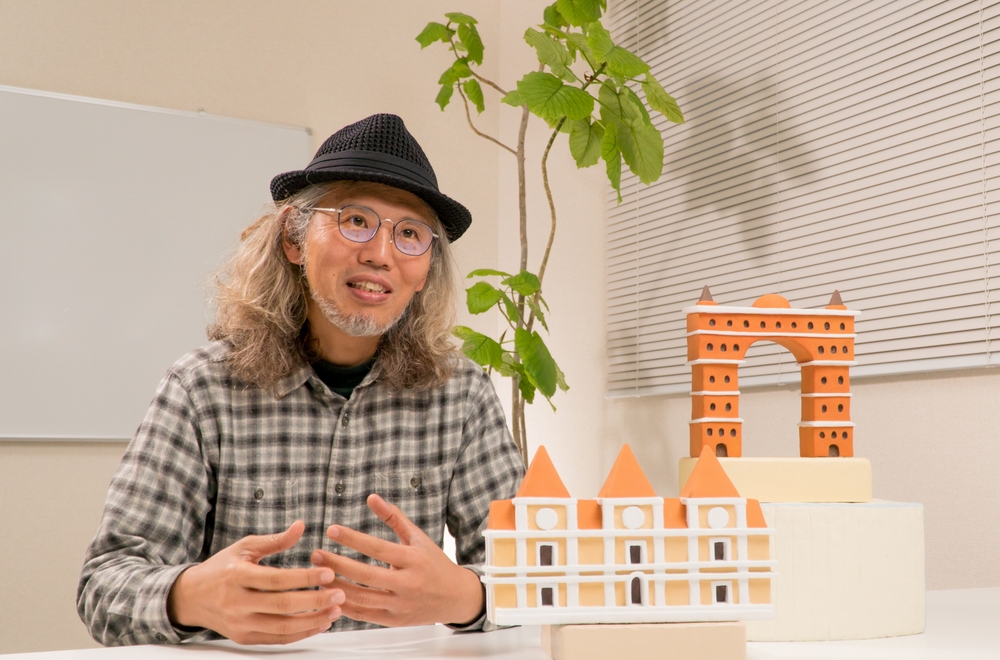
Yuichi Ito, Animation Director/Producer
Was there any difficulty in expressing social infrastructure—things like power plants and water processing, that aren’t often in the public eye—through clay animation?
Mr. Ito:
It’s true that there’s no fantasy in conveying the details of what power plants or water purification plants actually do, but I thought clay animation was perfect as a method of conveying the spirit of a company that’s engaged in projects like that. I did think it was difficult, though, to maintain control over the overall tone, making sure that the message we wanted to communicate to adults wasn’t washed away by too much fantasy or childish color.
Was it difficult for you to combine the very practical, realistic nature of something like social infrastructure with the fantastical nature of clay animation?
Mr. Ito:
It was difficult, but that’s what made it so meaningful. And the commercial that we ended up creating in this unexpected overlap is really, I think, very good. All kinds of people watch commercials, from toddlers to the elderly, and I think the way they’ll react to it will depend on their demographic. And that was the most difficult thing to do, and simultaneously the most rewarding—to have people feel different things, but get to the same conclusion, the same image. This is why I thought clay animation was the best medium for this commercial, and why I was confident when I took on this job.

What was the most difficult thing to get across when expressing Toshiba’s image?
Mr. Ito:
There’s an element of “shape” in how this clay world was created, literally shaped in our hands, but that’s not the whole message. In the last scene, meant to convey Toshiba’s goal to “shape” a better future, there are these countless strings of light, symbolizing networks, criss-crossing each other like living organisms, communicating images and information, and a hand appears from above to rope these lines in, cat’s-cradle style. Then, the strings form a butterfly, which flutters around a clay Earth blooming with flowers. So it does end in fantasy. There’s a danger in using fantasy to express a better future—it’s very delicate. But we think this last scene is absolutely necessary to convey that sense of hopeful expectation. This was the idea that we had.
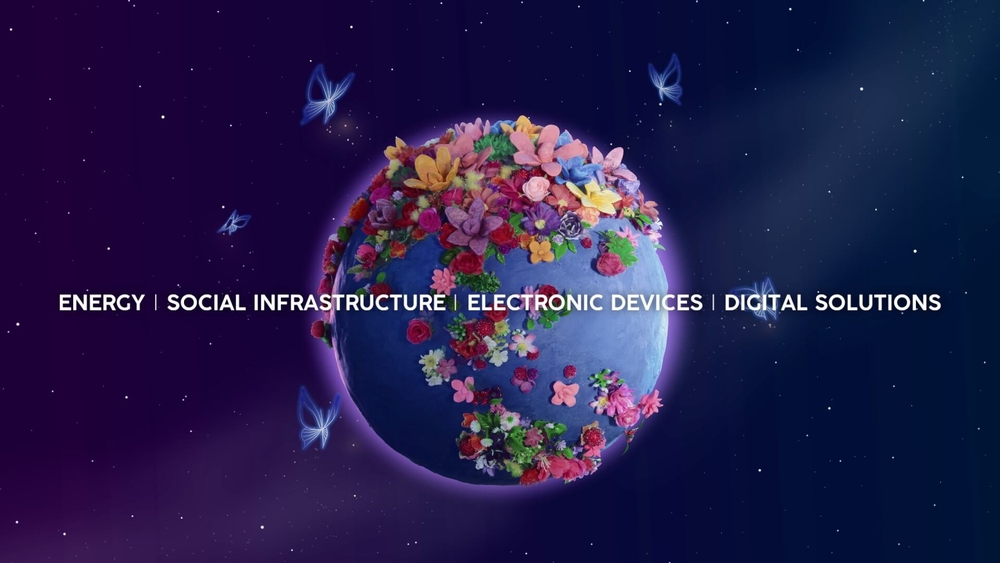
Do you think clay animation was the best medium for communicating this kind of story?
Mr. Ito:
Clay is so down-to-earth, and reminds us of the very real, textured, perhaps imperfect things that we encounter every day in our lives. In that sense, I feel as if clay animations transcend boundaries in a way that hand-drawn animations or super-high-tech CG can’t, and allows us all to access the meaning they’re trying to convey.

Did you even have to think about making the commercial accessible to people of different ethnicities, cultures, and lifestyles, or was it just natural?
Mr. Ito:
We spent a lot of time in discussions with everyone involved, and we did spend all of our energy initially in making sure we understood the core of what they were trying to get across. Then, we thought about how we could use clay animation to express these ideas in a way that we couldn’t with other mediums, and if there was something off, we’d just keep bringing up ideas until it was all worked out.
Do you want the people who watch this commercial to feel a certain way?
Mr. Ito:
I was involved with the commercial as a producer, and also in the process of creating the animation. I can’t take any credit for the message part of it—that was all the staff over at Toshiba. Of course, as a professional animator I focused on understanding the message, and how to add the right tricks and twists to communicate the message as thoroughly as possible. One thing that concerned me until the very end was whether the people we wanted to convey the importance of social infrastructure to, that demographic, would be turned off by the more playful, childish elements of the commercial. That was a risk, and so we made sure until the very last moment that the “tone” of the commercial was just right. It’s hard to describe “tone” as it applies to something like this, but I would say it’s something like a tension that a piece of artwork has. It’s relaxed, but it wants to tell you something, and not in a way that’s too in-your-face. And this dialogue is happening on the base assumption that this company is fundamentally forward thinking, and means well. We worked very hard to try to convey all this in just one commercial. Of course, each demographic will react to this in different ways, but if the people who watch this commercial end up feeling like social infrastructure is something that’s engrained in and very important to their lives, I’d think this clay animation thing was a success, and was probably the best way to get that message across.
Clay animations are the accumulation of thousands upon thousands of miniscule tasks. Move something a fraction of a millimeter, get a shot, move it another fraction of a millimeter, take another shot, and repeat ad infinitum. It’s an overwhelming, almost ridiculous amount of work. But the sincerity and determination of the creators that chip away at this seemingly insurmountable task overlaps in a lot of ways with the message of the commercial itself. I’d be honored if the animation part of the commercial could be the doorway of sorts for people to go in and understand the overall theme. “Shape” as in shaping art with our hands, and “shape” as in Toshiba shaping a better society—there’s a natural affinity there that I hope people notice.
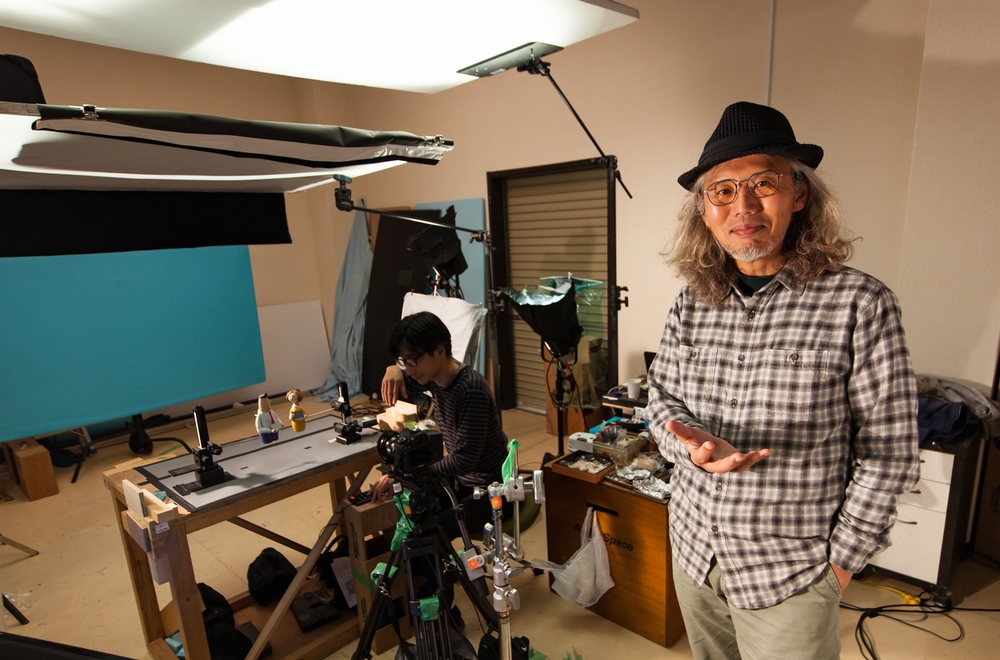
Such was the process behind the Toshiba Group’s new clay animation commercial. Roll-out for the commercial began in January in Asia, including Japan, in the form of TV commercials and digital media.
See here for behind-the-scenes footage and the commercial itself!
![]()





